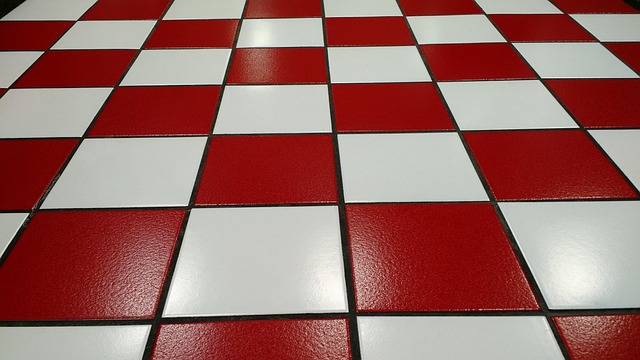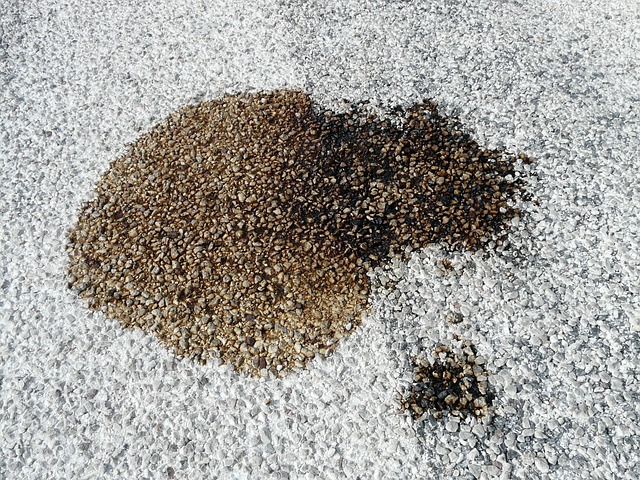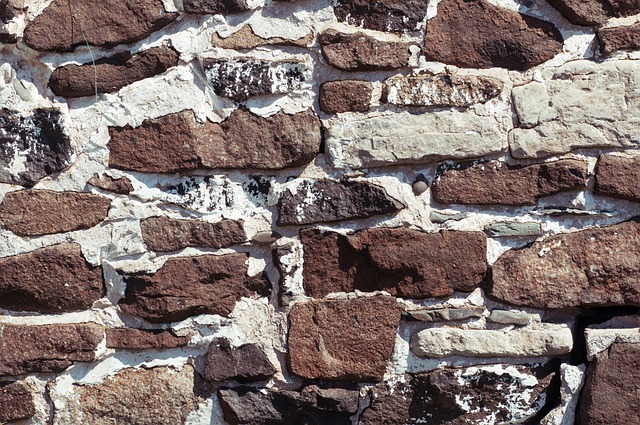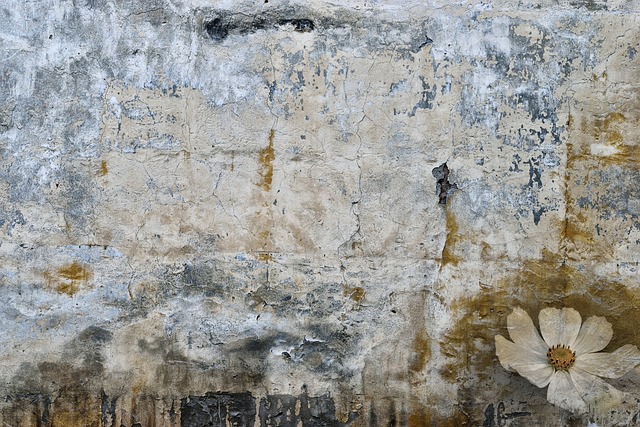In high-traffic areas like bathrooms and kitchens, grout stains are caused by beverages, food, cleaning products, and soap scum. Effective removal requires identifying the cause and using appropriate methods, from acidic solutions for mineral deposits to natural agents for organic matter. Balancing quick results and sustainability, natural alternatives like baking soda, vinegar, and lemon juice offer a gentler, eco-friendly approach while maintaining tile integrity. Selecting the right tools, such as soft-bristled brushes or specialized grout cleaners, is crucial. Targeted cleaning with water and mild detergent or natural substances requires testing on hidden areas first. Regular cleaning, sealing, and professional help prevent future stains.
Tired of unsightly grout stains marring your pristine bathroom or kitchen? This comprehensive guide is your go-to resource for tackling these stubborn marks. We demystify grout stain removal, breaking down the science behind common causes in high-traffic areas. From evaluating effective cleaning methods to selecting the right tools and natural vs. chemical cleaners, we offer a step-by-step approach to restoration. Learn preventive maintenance tips to ward off future stains and when to seek professional assistance for stubborn cases. Discover the secrets to achieving that sparkling, stain-free space!
Understanding Grout Stain Causes in High-Traffic Areas

In high-traffic areas like bathrooms and kitchens, understanding the causes of grout stain accumulation is key to effective removal. These spaces often see a constant stream of people and water activity, leading to frequent contact with various substances that can leave behind stains. Common culprits include spilled beverages, food particles, cleaning products, and even soap scum—all of which can adhere to the grout, making it difficult to remove. Regular wear and tear contribute to these stains, as well, especially in areas prone to rapid drying, resulting in a hazy or discolored appearance.
Identifying the specific cause is essential for choosing the right grout stain removal method. For instance, acidic substances like lemon juice might be effective against mineral deposits but can damage sealed grout. Meanwhile, oil-based stains may require a stronger cleaning solution, such as a mixture of baking soda and vinegar, while organic matter often responds well to natural cleaners like hydrogen peroxide or citrus peels.
Evaluating Common Grout Cleaning Methods and Their Effectiveness

When it comes to grout stain removal, understanding the effectiveness of common cleaning methods is key. Many homeowners reach for commercial grout cleaners, which often contain harsh chemicals that can be damaging to surfaces and unsafe if not used properly. While they may offer quick results, these products are not always sustainable or eco-friendly, and their overuse can degrade grout and tile over time.
On the other hand, natural cleaning solutions like baking soda, vinegar, and lemon juice have gained popularity for their gentler approach to grout stain removal. These methods are cost-effective, easily accessible, and safe for both tiled surfaces and the environment. While they might require more time and effort, the benefits include maintaining a clean, fresh aesthetic without compromising the integrity of your bathroom or kitchen tiles.
Choosing the Right Tools for Grout Stain Removal

When tackling grout stain removal, selecting the appropriate tools is half the battle won. The key to effective cleaning lies in combining the right chemical solutions with robust physical tools. For mild stains, a brush with soft bristles and a mixture of water and mild detergent can be surprisingly effective. This simple combination allows for gentle yet thorough scrubbing, removing surface dirt and dislodging stubborn particles without causing damage to the grout or surrounding tiles.
For more tenacious stains, consider investing in specialized tools like grout cleaning brushes designed with finer, narrower bristles that can penetrate tight spaces, as well as grout removers or enzyme-based cleaners that target organic matter and grease. These products, often in gel or paste form, offer a deeper clean by breaking down stains at their source. Always follow the product instructions carefully to achieve the best results while ensuring safety during use.
Steps for Removing Stains: A Detailed Guide

Removing grout stains requires a systematic approach and the right tools. Start by identifying the type of stain, as this will determine your cleaning method. For everyday stains, a mixture of water and mild detergent is often effective. Apply this solution to the stained area using a soft-bristled brush or cloth, gently rubbing in circular motions to loosen the dirt. Rinse thoroughly with clean water afterward.
For tougher, age-old stains, you might need something stronger like baking soda or vinegar. Create a paste by mixing these substances with water and apply it to the stain. Let it sit for 15-20 minutes to allow penetration, then scrub gently. This process may need to be repeated several times for deep-seated stains. Finally, rinse well and dry to prevent re-staining. Always test cleaning solutions in a small, hidden area first to ensure they don’t damage the grout or surrounding surfaces.
Natural vs Chemical Cleaners: Pros and Cons

When it comes to tackling grout stain removal, homeowners often find themselves torn between natural and chemical cleaners. Both have their advantages and disadvantages when it comes to effective grout stain elimination.
Natural cleaners, such as baking soda, lemon juice, or vinegar, are popular choices for eco-conscious folks. They’re gentle on the skin and the environment, making them a safer option. These natural remedies often provide satisfactory results for mild to moderate grout stains. However, they might require more time and effort, and their effectiveness can vary depending on the stain’s severity. On the other hand, chemical cleaners are powerful and fast-acting, capable of tackling tough, ingrained stains. Yet, they can be harsh, containing ingredients that may damage grout or leave behind residue if not used correctly. Always follow safety instructions and consider testing a small, hidden area first before applying any cleaner to your bathroom or kitchen grout.
Preventing Future Stains: Tips for Maintenance

Preventing future grout stain removal is key to maintaining a clean and fresh-looking bathroom or kitchen. Regular cleaning plays a pivotal role in this regard. Use a mixture of water and mild detergent to wipe down surfaces regularly, focusing on areas prone to staining like around faucets and behind sinks. This simple maintenance routine can go a long way in preventing the buildup of dirt and grime that leads to stains.
Additionally, sealing your grout is essential. There are various sealant products available that can protect against water, mold, and stain-causing substances. Applying these sealants after cleaning ensures an extra layer of defense against staining. Remember, prevention is always better than cure when it comes to grout stain removal.
When to Consider Professional Help for Severe Cases

If your grout stain removal efforts have left you feeling stuck, it might be time to consider professional help. Severe grout stains that refuse to budge despite your best cleaning attempts often require specialized knowledge and tools. Professional grout cleaners have access to powerful, safe, and environmentally friendly solutions designed specifically for tackling tough stains. They also possess the expertise to identify the root cause of the stain, ensuring a thorough and lasting clean. Don’t let stubborn grout stains compromise the aesthetic appeal of your bathroom or kitchen; reach out to experts for a sparkling, stain-free result.
